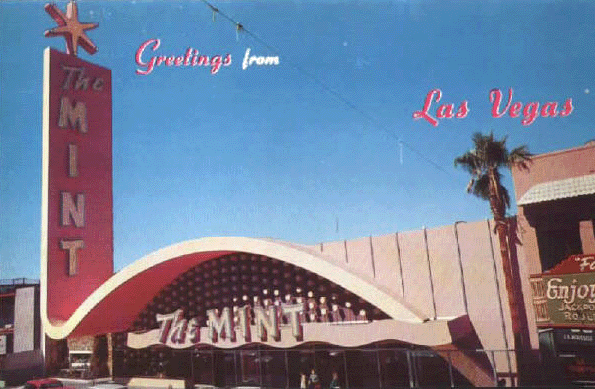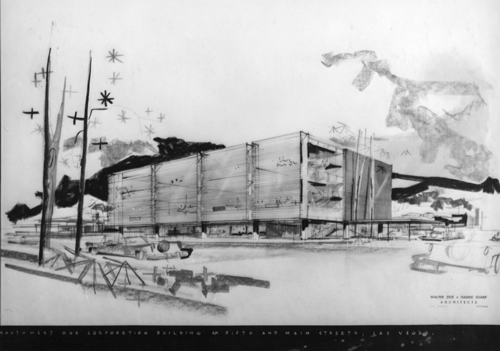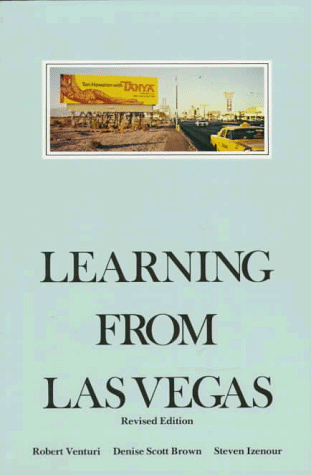
It is one of the iconic books about Las Vegas architecture, "Learning from Las Vegas". Written over forty years ago, this influential book, along with Alan Hess', "Viva Las Vegas: After-Hours Architecture", influences the way we look at the architecture of the Classic Las Vegas Strip.
Recently, Denise Scott Brown and Robert Venturi returned to Las Vegas to see how the landscape had changed in forty years. Their partner, Steven Izenour, passed away some time back.
From our pal Kristen Petersen at the Las Vegas Sun:
It’s 100 degrees. Everyone is sweating.
Architects Denise Scott Brown and Robert Venturi tour the Neon Boneyard, followed by a small crowd, some shaded by umbrellas. Cameras roll.
The Boneyard visit and a subsequent architectural bus tour are for a documentary on the architects whose famous 1968 study of Las Vegas launched an influential way of architectural thinking by observing what the people want, rather than what the architect dictates.
The project, begun five years ago by their son, Jim Venturi, delves into their working relationship, transformative years, observations, influences, ideas and projects, and has taken them around the world.
The Las Vegas stop is key. “Learning from Las Vegas,” a book of their study of the city as a prototype for 20th century American suburbia, became a formula for how they approached, and still approach, architecture.
Jim Venturi calls it a bedrock of his parents’ career, “the defining element that they are associated with by their willingness to look at things other people weren’t looking at.”
That the book remains topical in college curricula and contemporary conversation, even outside of architecture, is partly what inspired him.
“People had discovered their thinking and applied it outside the field,” he says. “Today you’ll find all kinds of interesting schools that are using ‘Learning from Las Vegas’ in the curriculum.”
Scott Brown, 77, and Venturi, 84, have received their share of criticism for their writings and designs — though they have their disciples and Venturi won the 1991 Pritzker Prize.
The film, Jim Venturi says, explains some of that: “You see the world from their perspective. You see their challenges. You learn about the experiences that shaped them.”
That, he says, includes their application of Eastern ideas and quest for balance.
John Halpern, known for his 1979 documentary on German artist Joseph Beuys, directs the film, one he says he would have given anything to be a part of: “Our main characters are amazing and complex.”
Halpern recalls Robert Venturi describing Palladio’s Basilica di San Giorgio Maggiore: “He revealed part of his mind, his mental process, his natural instinct for seeing art in its deeper meaning and esoteric impact. His sincerity, openness to and love of art and architecture moved me completely.”
Halpern describes Scott Brown as a powerful woman and architect, denied credibility in the “men’s club” of architecture. He’s also seen her open up:
“While describing her feelings and visionary ideas about architecture and the intricacies of city planning, (she) revealed a beautiful correlation between her body and sensorial experience in her art expression.”
Scott Brown says the project has been hard work, but has given them their lives back by revisiting the places where they shaped their ideas and careers.
Have they visited Vegas much?
“We have,” she says. “But who’s to know, this could be our last. But we say that everywhere.”
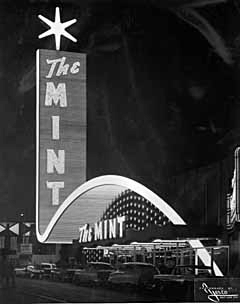
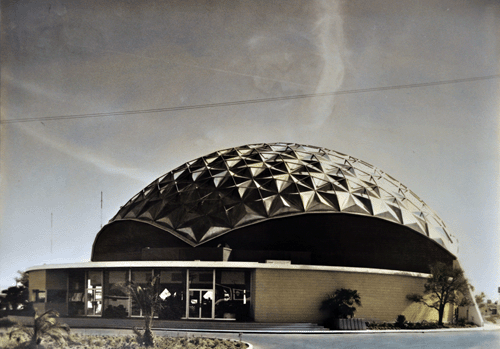
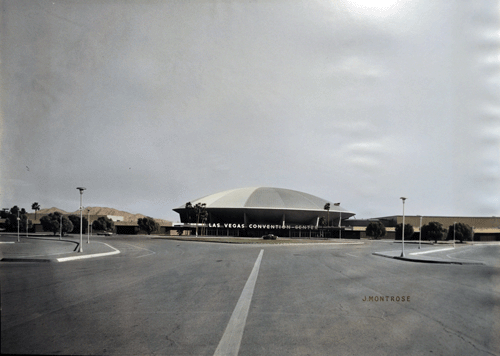 Convention Center and Rotunda just north of the Cinerama Dome
Convention Center and Rotunda just north of the Cinerama Dome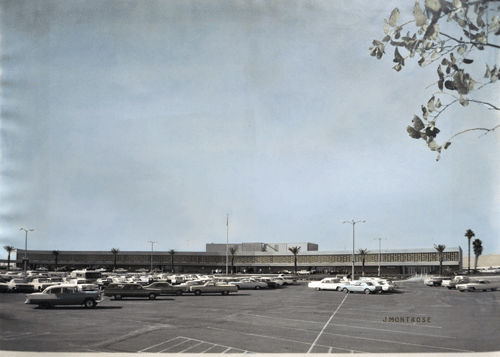
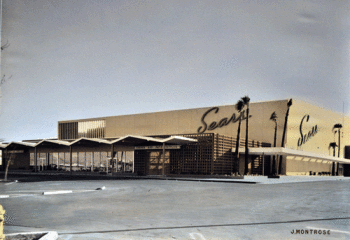 Sears at the Boulevard Mall
Sears at the Boulevard Mall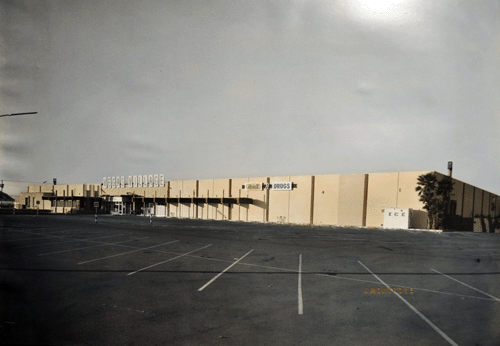 Vegas Village near Commercial Center
Vegas Village near Commercial Center




